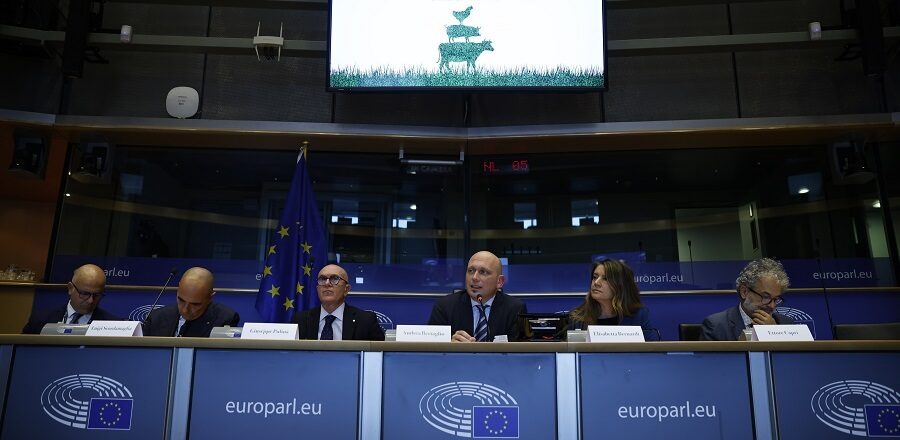
Covid-19 and intensive farming
Covid-19 led to an unexpected series of attacks on intensive farming, starting with those of the Po Valley. Unexpected attacks, but also senseless. So, let’s try to clarify the topic with simple explanations.
William of Ockham, Franciscan friar and English philosopher of the 14th century, coined the most famous movement of all Western scientific thought: “for the same factors, always prefer the simplest explanation” (Entia multiplicand non sunt praeter necessitatem). Applied to the jumble of explanations on the spread of Covid-19 epidemic (or coronavirus) in Italy, the reference to this principle is very useful.
Among the most relevant for complexity, there is the one hypothesized by various scholars of the Italian Environmental Medicine Association, which relates the spread of the virus to coarse atmospheric particulate matter (PM10), an analysis already criticized by the Italian Aerosol Association; this hypothesis has been rebounded by various RAI3 tv programs with the aggravating circumstance of attributing the high concentration of PM10 to the spreading of the sewage deriving from intensive farming: the conclusion of these transmissions was that the high contagiousness of Covid-19 found in some regions was favoured by the presence of farms.
This hypothesis, which we have already contested in other posts as far-fetched, further shows its fallacy when compared with the far simpler and scientifically irrefutable explanation that Covid-19 infection occurs directly from viremic individuals to sensitive individuals (people who have not yet developed immunity to be cured of the infection). In other words, the best explanation is that if you place many individuals in a small space, the probability of contagion is greater than if you place them in a lot of space (distant); in fact, social distancing, that is, creating the rarefaction of contacts even in densely populated areas to simulate what would happen in areas with low population density, is the tool that is making possible to control the epidemic.
To demonstrate the importance of population density on Covid-19 propagation, I related the total number of infections (official Civil Protection data of April 19th) with the density of residents in the various regions, divided into 10 for northern Italy and 10 in the south (Istat data at 31st December 2019): most of the variability observed between the regions (61% for the north and 83% for the south) is explained precisely by population density. Here are the graphs of the phenomenon.


Some brief clarifications:
- The phenomenon is interpolated with different models, at the north with an exponential function (increase more than proportional to residential density) and at the south with a logarithmic function (less than proportional increase);
- this difference can be explained by many factors, among which the larger population also temporarily domiciled in the north compared to the south (which instead has less population) not detected by the residential indicator;
- in the north the total of infected people is a higher order of magnitude (10 times) than in the south since the first outbreaks occurred in the northern regions and the infection arrived to the south in correspondence with government lockdown measures;
- the regions that are above the curve have performed worse than those below, that have been more virtuous (in the north the best were Liguria and Friuli VG, in the south Calabria and Campania).
In conclusion, Covid-19 is transmitted in direct relationship with population density with different trends between the northern (worsening) and southern (improving) regions for reasons to be investigated: the fact remains, however, that the greater likelihood of interpersonal meeting of densely populated areas are the simplest explanation of the spread of this as of other epidemics.





